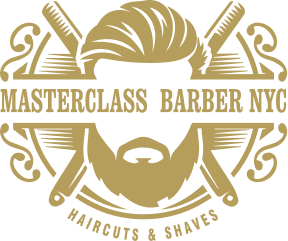Cutting hair is somewhat similar to painting a picture. Just like painters need the right tools, hairstylists need the right ways to make great hairstyles. There are many different styles people like. So, hairstylists need to know many ways to cut and style hair. This guide talks about ten important hair cutting techniques that all hairstylists should know, whether they are new or have been doing it for a long time.
1. Point Cutting
Point cutting is a common way hairstylists cut hair to give it a lively look. They cut the hair ends in different directions to make it look soft and natural. It’s good for people who want a small change to their hair without it looking too different.
2. Razor Cutting
For those looking for a wispy and feathered look, razor cutting is the answer. This technique offers a lighter, more lived-in appearance. By using a razor, hair is thinned out, creating dynamic movement. It’s ideal for clients seeking a breezy, effortless look.
3. Dry Cutting
This Park Slope hair styling technique is especially useful during the winter months. Cutting hair when it’s dry allows for a more accurate representation of the final look. It’s an excellent technique for refining the hairstyle and perfecting its shape. Winter dryness can sometimes make wet hair behave differently, so dry cutting offers an advantage.
4. Slide Cutting
Slide cutting, a refined technique, involves the stylist gliding the scissors down the hair shaft, creating soft layers and giving a seamless transition. This method is fantastic for adding movement and reducing bulk without drastically altering the hair’s length.
5. Texturizing
A go-to for adding volume and movement, texturizing is all about creating depth. Removing bulk from specific areas gives the hair a dynamic and multi-dimensional appearance. This technique is ideal for thick-haired clients or those seeking a voluminous uplift.
6. Undercutting
Modern and edgy, undercutting involves shaving or cutting a section of the hair very short while leaving the top layers longer. This contrast offers a bold statement, perfect for clients who want a unique and trendy look.
7. Layering
Layering is one of those timeless hair styling techniques that provides volume and shape. Cutting the hair into different lengths it offers dimension and movement. From long cascading layers to short, choppy ones, this technique suits various styles and preferences.
8. Graduation
Graduation is about building weight in specific areas. By cutting the hair at increasing lengths, it gives a fuller appearance. It’s perfect for bob hairstyles or those seeking a tapered look.
9. Club Cutting
For a blunt and uniform look, club cutting is the method of choice. The hair is cut straight across using shears, offering a clean and precise edge. It’s especially suitable for those wanting a classic, unlayered appearance.
10.Deep Parallel Point Cutting
This advanced technique involves making deep cuts parallel to the hair strand. It’s excellent for removing weight while retaining the hair’s length. It offers a textured and modern look, making hair appear more dynamic and lively.
Tips for Mastering These Techniques
Being a good hairstylist means always improving your skills. Here are some simple tips to help you get better with the hair styling techniques we’ve talked about:
· Keep Practicing
Remember the old saying, “Practice makes perfect”? It’s true! The more you try these techniques, the better you become. Even if it feels tough in the beginning, keep trying. Over time, with practice, it’ll get simpler.
· Stay In The Loop
Hair fashion changes all the time. New methods and styles come up often. To be the best hairstylist, you need to know the latest trends. How can you do that? Attend training sessions or workshops. If you can’t do that, online videos and tutorials are a big help. They teach you new hair styling techniques and tips. So, always be on the lookout for what’s new and trendy.
· Listen To Your Clients
The most important person in your salon is your client. Before you start cutting or styling, talk to them. Understand what they want. Ask about their daily routine, their hair problems, and what look they’re going for. This will help you pick the best technique for them. Remember, a happy client always comes back!
By following these tips, you can become an expert in hair styling techniques. Always be open to learning, and never forget the basics. With hard work and dedication, you’ll be a top hairstylist in no time. And if you’re looking to showcase or enhance your skills further, don’t forget to drop by Barbershop Park Slope. We always welcome passionate hairstylists.
Technique Meets Talent at Barbershop Park Slope!
At Barbershop Park Slope, we believe hair isn’t just about style; it’s a canvas of potential. Our experts transform with the precision of point cutting and the flair of undercutting. Each strand holds a promise, and we’re passionate about bringing it to life. Let us guide you on a journey from the ordinary to the extraordinary. Step into a world where technique and creativity converge. Ready for a transformation? Book an appointment with us at Barbershop Park Slope!



